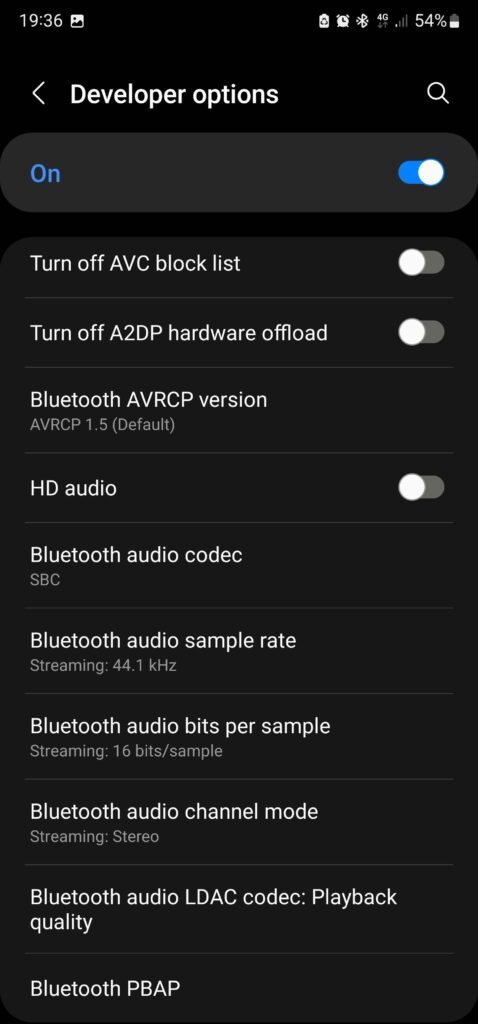Ever wondered why some calls or messages never seem to reach your Android phone? The AVC Block List might just be the hidden gatekeeper you didn’t know about. From spam prevention to prioritizing important contacts, this feature silently manages what gets through and what doesn’t.
But is it always working in your favor, or could it block things you want to see? Let’s dive into how this mysterious tool could impact your daily communication.
What is the AVC Block List on Android?
The Access Control Violation (AVC) Block List on Android devices is a crucial security measure designed to keep apps and the system safe. This feature monitors any application that attempts to gain entry into confidential information or control features without following the required permissions. When an application violates the security policy of Android, then it is included in this block list and hence prevented from accessing anything else.
Through this, there will be no misuse of permissions by apps and therefore user data as well as the device are kept safe. It is one of the measures in place within the Android security protocol that is intended to reduce risks posed by malware and enhance device safety.
How to Activate the AVC Block List?
The following are steps that will allow enabling the AVC Block List on an Android device:

Open Call Settings: Open the Phone app on your Android device. Now, go to the Settings menu.
Find the block list option: Within call settings, there should be an option named “Block List” or “Blocked Numbers” which is where you can find AVC block list settings.
Enable AVC Block List: Switch on the block list feature, thereby improving your device’s security against unauthorized or unwanted access.
By doing this, you will be safe from calls and messages that may harm your device.
Read More: How to Clear Facebook’s Cache In Just few Second?
How to disable the AVC Block List?
In case you want to disable the AVC Block List due to troubleshooting or for certain content access, proceed with the following steps:
Launch Device’s Settings: Open the Settings application on your device.
Enable Developer Options: The first thing one needs to do in order to enable advanced settings is find “About Phone” in the settings and tap on “Build Number” seven times. That will activate the Developer Options and start making advanced adjustments.
Benefits of the AVC Block List
The AVC Block List is a utility that comes in handy for any user of an Android device, being part of a set of merits hand in hand with the security of and improvement in the user experience. Here are some key functions:
Safety against Malicious Content
The main purpose of the AVC Block List is to stop devices from reaching domains that contain harmful content. This is because blocking these harmful sites, it helps in protecting the user’s data and privacy.
It is supposed to act like a line of defense in one’s cyber life so that personal information can be kept safe from possible breaches.
Control of Audio and Video Content
The AVC Block List plays a paramount role in the type of audio and video content one can access from a device. This feature saves developers from blocking certain content, further helping them when it comes to using the device for kids or testing purposes.
Also, this helps in developing an environment which is a safer and in control one, limiting access to inappropriate or unwanted media.
Read More: Steam Captcha Issue? Here’s How to Solve It in Minutes!
Optimized Call and Message Management
Variously apart from the security concerns, AVC Block List plays a great role in call and message management. It minimizes distractions by barring unrequired communications, enabling users to focus on what is really important.
These go a long way toward creating some ease of use in devices and making productivity and sanity easier to sustain.
AVC Block List vs. Traditional Security Features
The AVC Block List focuses on preventing the execution of known malicious applications by using a specific list to deny harmful software. On the other hand, conventional security measures like firewalls, antivirus, as well as intrusion detection systems offer general protection from different kinds of threats. AVC updates the new threats rapidly.
In traditional methods, updates are signature-based and heuristic detection that may take some time. Combine them, and you have a multilayered security where AVC targets application-level attacks, and the traditional features target a wide range of attack vectors, adding to the operating system protection as a whole.
Takeaway
In conclusion, the AVC Block List is a powerful feature that strengthens your device’s security, improves content management, and reduces interruptions from unwanted communications. It offers both users and developers enhanced control and protection, making it an essential tool for any Android user.
By using the AVC Block List, you can ensure a safer and more seamless mobile experience. Have you implemented it yet? If not, it’s time to take action and boost your device’s security today!
Read More: Resolve ‘Your Device Is Missing Important Security and Quality Fixes’ in Minutes
Frequently Asked Question
This AVC Block List is important in blocking off some malicious content, managing of the audio/video access, reducing the calls and messages that are not necessary, and therefore it provides both security and control in Android devices.
Your privacy and online security are guaranteed as it bars entry to malicious websites which may otherwise breach your data while on the internet or using applications.
Yeah, with the AVC Block List you can prevent some kinds of audio and video content from being seen by children on your device.
To app developers, AVC Block List ensures that applications operate without any problems by blocking non-compliant codecs hence enhancing application performance and safety.